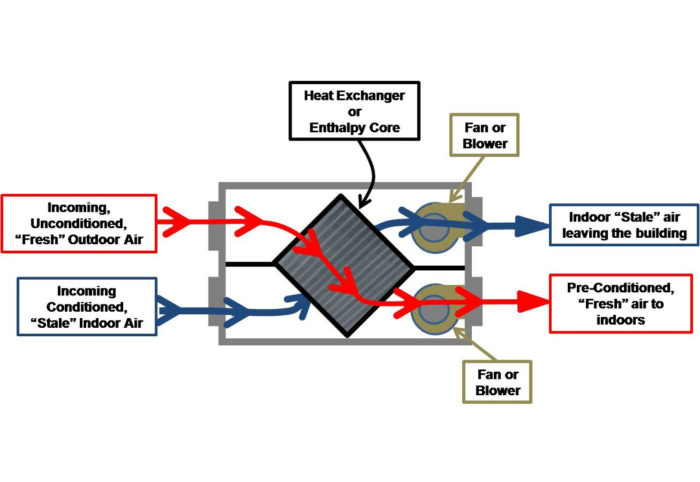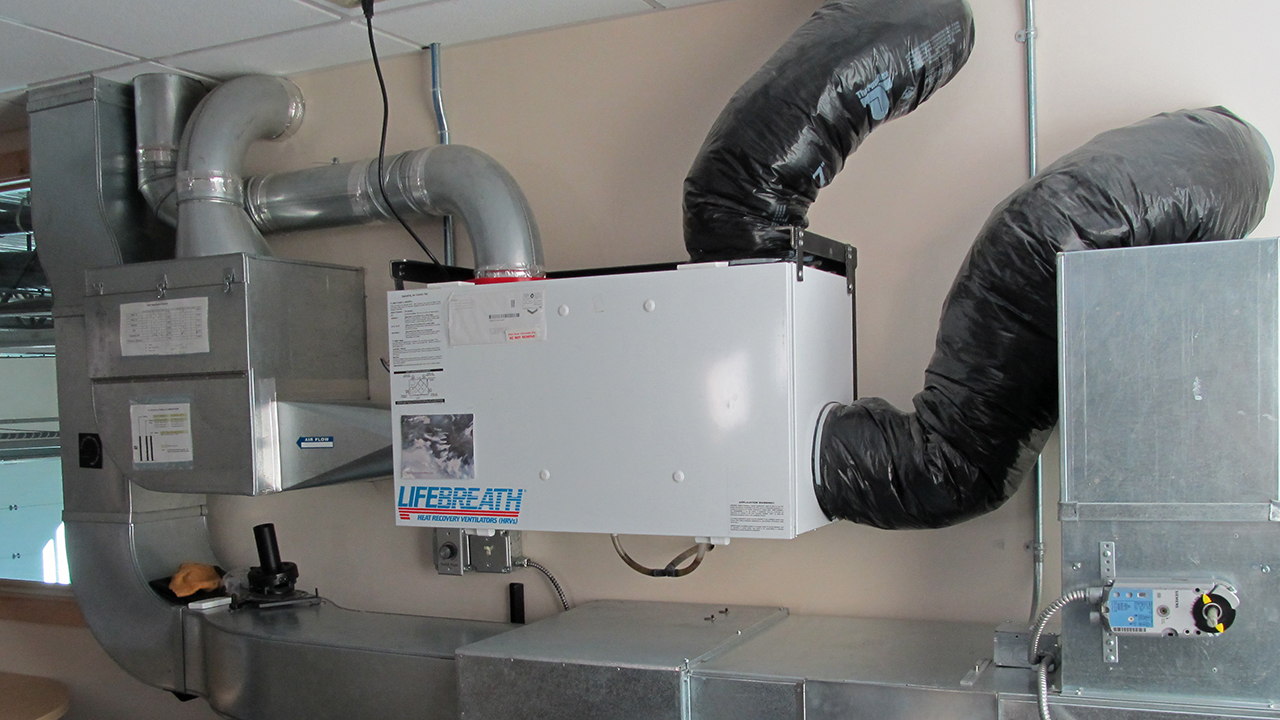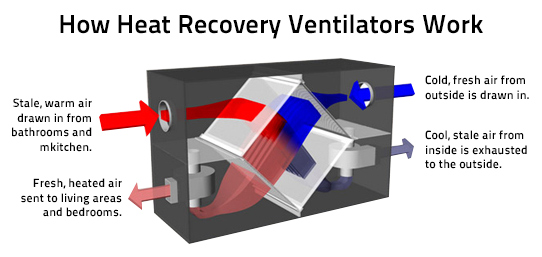How Long Does HRV Last? Breaking Down System Lifespan
Wiki Article
Exploring the Conveniences of Heat Recovery Ventilation for Energy Performance in Residences
Heat Recovery Ventilation (HRV) systems supply property owners a useful approach to boosting power efficiency. By redeeming warm from outward bound air, these systems can substantially lower heating & cooling costs. Furthermore, they provide a constant supply of fresh air, enhancing interior air quality and comfort levels. As property owners consider sustainable choices, comprehending the nuances of HRV systems comes to be significantly important. What variables should one examine prior to making such a financial investment?Comprehending Heat Recovery Ventilation Solutions

How HRV Improves Indoor Air Quality

Power Financial Savings: The Monetary Benefits of HRV
Making best use of power performance, heat recovery ventilation (HRV) systems use substantial monetary benefits for property owners. By recuperating and recycling warmth from exhaust air, HRVs noticeably lower cooling and heating costs. This technology can result in power savings of approximately 30%, depending upon environment and use patterns. Homeowners typically discover minimized energy costs quickly after installment, making HRVs a monetarily smart investment in time. Additionally, many regions offer incentives or rebates for energy-efficient upgrades, even more boosting the economic appeal. As power prices remain to rise, the cost-effectiveness of HRVs comes to you can try here be progressively clear. Overall, the unification of HRV systems not only advertises energy performance however also contributes to long-term economic cost savings for homes.The Environmental Effect of Heat Recovery Ventilation
A substantial ecological advantage of heat recovery ventilation (HRV) systems lies in their capacity to lower total power usage. By my link redeeming heat from exhaust air and moving it to inbound fresh air, HRV systems minimize the requirement for energy-intensive heating and cooling down approaches. This reduction in energy need adds to decrease greenhouse gas discharges, as much less nonrenewable fuel source is required to maintain comfy interior temperatures. In addition, HRV systems boost interior air quality by successfully trading stagnant air with fresh outside air, lowering dependence on mechanical cooling systems that can harm the environment. In general, the execution of HRV systems supports lasting living methods and straightens with worldwide efforts to deal with environment modification by promoting energy effectiveness in property settings.
Choosing the Right HRV System for Your Home
How can house owners assure they pick the best heat recovery ventilation (HRV) system for their requirements? They need to analyze their home's size and design, as these elements affect air movement needs. Next off, evaluating the system's effectiveness ratings is vital, as higher rankings suggest much better performance and power cost savings. House owners ought to also consider installation and upkeep costs, comparing different brand names and designs for value. In addition, it is very important to examine sound degrees, as some systems operate even more quietly than others. Consulting with a/c experts can provide tailored suggestions based upon specific home problems. Taking a look at user reviews and service warranties can aid in making an educated decision, making sure that the picked HRV system properly boosts interior air quality and energy effectiveness.Often Asked Questions

How Frequently Should I Clean or Keep My HRV System?
The frequency of cleansing or maintaining a warm recuperation ventilation (HRV) system typically depends upon usage and ecological factors. Normally, it is suggested to perform upkeep every 6 months to assure peak performance and air quality.
Can HRV Solutions Assist Lower Humidity Degrees Inside?
HRV systems can properly decrease indoor humidity degrees by trading stale, damp air with fresh, drier air from outdoors. HRV Heat Recovery Ventilation. This procedure aids keep a balanced indoor atmosphere, boosting convenience and avoiding moisture-related concerns
What Is the Life expectancy of a Regular HRV System?
The lifespan next page of a common heat recovery ventilation (HRV) system varies, normally lasting in between 10 to 15 years. Normal maintenance can expand its efficiency and operational life, guaranteeing peak efficiency throughout its use duration.Exist Any Kind Of Sound Interest In HRV Equipments?
Sound worry about HRV systems can arise, especially from follower operation. Nevertheless, lots of modern-day devices are created to decrease sound degrees, guaranteeing they run silently while maintaining efficiency, which addresses potential disruptions in living environments.Can I Set Up an HRV System Myself, or Do I Need a Specialist?
The private contemplated whether to install the heat recovery ventilation (HRV) system personally or employ an expert. Usually, while DIY installment is feasible, competence warranties correct capability and conformity with regional building regulations, improving system effectiveness.Report this wiki page